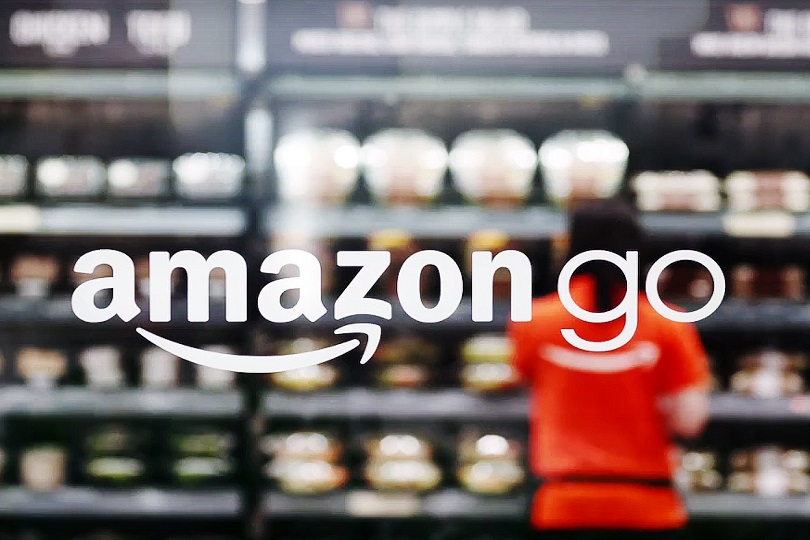Big data: The future is now

It is perhaps not surprising that the capture, interpretation and ultimate application of consumer data emerged as a key takeaway from this year’s National Retail Federation Big Show in New York.
Indeed, an understanding of the importance of data to the future of retail is nothing new; as artificial intelligence becomes a larger part of how businesses process and apply information entirely new business models are being formed.
Amazon, widely considered to have been an early mover in adopting a data-centric approach to retail, demonstrated that last week with the launch of Amazon Go, its cashier-less supermarket in Seattle.
In addition to its Whole Foods acquisition and about a dozen book stores, the ecommerce giant’s latest foray into physical retail has captured the attention of industry watchers around the world as a possible take on the future of one of retail’s largest categories: groceries.
Shoppers are followed around the store by thousands of cameras in the roof, which keep track of what they are picking up and charge them automatically upon their exit from the store, no checkout required.
Amazon has touted the offer as the future of convenience, while the American press has questioned what the store means for the future of human workers.
As one journalist wrote, while it was thought that physical retail would be difficult to automate, if Amazon Go really does work, then what consumers once thought of as a chore quickly becomes an afterthought.
The two-sided coin
But it’s not all doom and gloom for the retail workforce or for those who enjoy the human element of the retail experience.
While the collection and processing of consumer data remains at the core of modern businesses, the consequences of its application vary wildly from brand to brand, and in many cases, automation is charting the future of retail’s human face.
Take online menswear business Kent & Lime as an example. The company, officially relaunched earlier this month by its new owner apparel marketplace Archfashion, has adopted a data driven yet human-enabled approach to styling its customers.
The new offer has done away with the subscription box model adopted by previous owners and is offering its personalised styling service to customers on an as-need basis, with around 150,000 SKUs available.
A software platform brought over from Archfashion algorithmically generates a style profile for customers based on more than 40 answers to questions asked on sign-up, narrowing the product pool for that specific person to around 1,000.
A personal stylist then works with customers to select outfits based on that smaller pool of products, information that is then fed back into the system to improve refinement for other customers.
In this model, automation is used to process large quantities of data, enabling human stylists to develop evidence-based recommendations that drive the core function of the model – providing a styling service to shopping-shy men.
As Archfashion co-founder and Kent & Lime director David Butcher contends, data enables scale but personalisation in modern retail isn’t about doing anything traders haven’t been doing for decades by understanding their customers.
“We’re really just trying to achieve what used to happen at the local butcher or fruit shop,” Butcher explains. “It’s not about the data, it’s about the interactions.”
Aided by technology, stakeholders in the retail personalisation wave are expecting even stronger growth in the coming years as better technology drives growth.
The big challenge
However, the growing relevance of processing consumer data at scale will increasingly force brands to make some very difficult and potentially future-defining decisions.
While retailers are using automation to drive convenience, personalisation or in-store experience, making a decision about the best application for consumer data for a brand is not always clear cut.
“Retail is polarising, sometimes customers want to shop fast and sometimes they want to shop slow,” says Matt Newell, retail consultant and executive strategy director of The General Store.
Newell references Supercheap Auto’s experience-centric flagship store in Penrith as an example of using data to encourage slow shopping.
On the other side of the spectrum, Newell points out that one of his other clients, The Iconic, is a market-leading example of fast shopping, noting that the company is investing heavily in technology to increase the overall speed of its experience for shoppers.
But Newell believes that many prominent local retailers are approaching a precipice where they will need to finalise significant investments in data technology and that having answers for how best to use their newfound insights will be of primary importance.
“Most Australian retailers know their customers pretty well. The hard bit is that retail is such a moving target and there are big investments required. How do you pin a big investment across a moving target? That takes analysis and data, but also just some bravery,” Newell explains.
“As these moving targets become faster, one thing that good retailers will become is increasingly brave – there’s only so far that the data and the analytics can get you.”
Comment Manually
You must be logged in to post a comment.

No comments